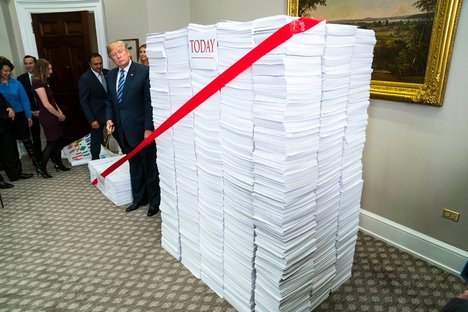(p. 12) Kersten frames Darrow’s penchant for representing murderers and other criminals, for instance, as the only way he could underwrite his political work. And he doesn’t even mention some of Darrow’s more unseemly efforts, like the case of the good ship Eastland, when labor’s beloved lawyer mounted a defense of the steamboat’s chief engineer, whose negligence had been a cause of the drowning deaths of 844 working people out for a day of fun on the Chicago River.
Farrell has no such compunctions. He agrees that Darrow had core principles. “He was Jefferson’s heir,” he says, “his time’s foremost champion of personal liberty,” raging against the concentration of wealth and power that had accompanied the nation’s industrialization. But Darrow also thought of the law as blood sport. He shamelessly seduced juries with his common man routine — the rumpled suits and suspenders, the gentle country drawl — and his extraordinary closing statements, which he packed with philosophy, poetry and cheap emotions meant to make men cry. Those were the benign manipulations, Farrell argues. In some of his biggest cases Darrow bought the testimony he needed. And when he was apparently caught in the act in 1911, he hired as his counsel the most ruthless criminal lawyer he could find — a flashy-dressing, hard-drinking, anti-union conservative — because there was no point in confusing means and ends.
A similarly callous streak ran through Darrow’s personal life. He divorced his first wife because she wasn’t sophisticated enough; married his second because she doted on him; then took a mistress 21 years his junior. He cheated on his law partners too, handing them work he didn’t want to do and pocketing fees they were supposed to share. And for all his radicalism, Darrow loved a big payday: according to Farrell, he took on Leopold and Loeb, two sons of privilege, primarily because their parents offered him a $65,000 retainer.
For the full review, see:
KEVIN BOYLE. “Equal Opportunity Defender.” The New York Times Book Review (Sunday, July 10, 2011): 12.
(Note: the online version of the review has the date JULY 8, 2011, and has the title “Clarence Darrow, Equal Opportunity Defender.”)
The books under review, are:
Farrell, John A. Clarence Darrow: Attorney for the Damned. New York: Doubleday, 2011.
Kersten, Andrew E. Clarence Darrow: American Iconoclast. New York: Hill and Wang, 2011.


